A guest post from Jen Tuder, Ph.D., Associate Professor in the Department of Communication Studies at St. Cloud State University in Minnesota. Her solo performance, Suicide Punchline, maps her experience of surviving her father’s loss to suicide. She has toured the show from San Francisco to Philadelphia.
Telling stories to advocate for social change is a compelling method of persuasion. Advocates use their personal stories as evidence. They use the peculiar influence of the “true story” to move audiences to take action. But like any powerful tool, advocacy stories can be used for good or for ill.
As Capecci and Cage note in Living Proof, advocates can get caught up in “The Story Game,” a kind of “sensationalist Olympics” where the most lurid or painful story wins. This can lead to a variety of ethical missteps, from exaggerating details to fabricating entire experiences.
In my Performance and Everyday Life class, I teach a unit on advocacy performance. As students begin to make decisions about their own stories, I ask them to think about the particular ethical burdens of advocacy. It’s easy for students to get caught up in The Story Game, since they often feel that the entire educational enterprise is a competition. However, I want them to understand that playing The Story Game carries significant risk to them as advocates and to the social issue they care about.
No incident exemplifies this better than the case of Mike Daisey’s The Agony and Ecstasy of Steve Jobs. Daisey’s original solo performance told the story of his visit to the Foxconn factories in China where many Apple products are made. The stories Daisey told were often harrowing and led to public outcry against Foxconn and Apple. After presenting excerpts from the show on This American Life, Daisey came under fire from host Ira Glass and his producers when they discovered several fabrications in his performance. Many of these fabrications contained the most shocking and persuasive details of Daisey’s story. With these un-truths revealed, the momentum for change faltered; Daisey himself lost much of his credibility as a professional.
Courtesy of BusinessWeek
This story serves as a case study for my students. I ask them to listen to and/or read the transcript of the This American Life “Retraction” episode, where Daisey appears and attempts to defend his actions. The students then prepare a short essay that takes a position on the issue. I ask them the following:
Mike Daisey defends his actions by saying his performances were “theatre” and not “journalism.” Make an argument for or against Daisey’s defense. Is Daisey right? Should we assume that autobiographical performance is always fictional? Or is Ira Glass right, is this an issue of “labeling” (framing) the show?
Students bring their prepared essays to class and we have a discussion around some of the underlying issues surrounding advocacy performance:
Why are performances drawn from our own lives so powerful? How is this power different from performances of fiction?
What are our obligations as performers when we frame our performances as based on our personal experience and research?
Since we’re “artists” and not “journalists” do we have “creative license” with the facts of our experience? What are our obligations to accuracy?
How would you feel if you were moved by one of your classmates’ stories and later found out that she/he had fictionalized/fabricated parts of it?
First we break into small groups to discuss these four questions; then we come together as a whole class to discuss.
Students take a variety of perspectives on Daisey’s case, some outraged, some sympathetic; however, all of them are uneasy with Daisey’s choice to fabricate a story and present it as “true” to persuade audiences. The outraged students become more reflective about the temptation to fabricate in the name of social change. The sympathetic students are often startled by the vehemence of their outraged classmates, not realizing how deeply betrayed some audience members will feel. Regardless, students learn a lot about their future audiences’ varied reactions to unethical advocacy storytelling.
As we wrap up our conversation, I make this point: when audiences expect a true story and find out they have been given a fabricated one, there are consequences for both the advocate and—especially—the issue. If advocates play The Story Game, they risk undermining the very issues they care about. In the end, advocates’ ethical responsibility to both audiences and issues should guide them in making responsible use of story’s power.





